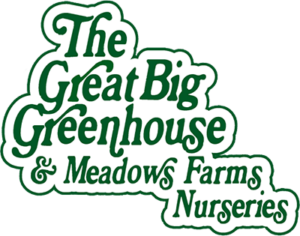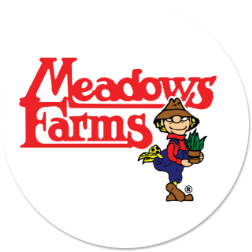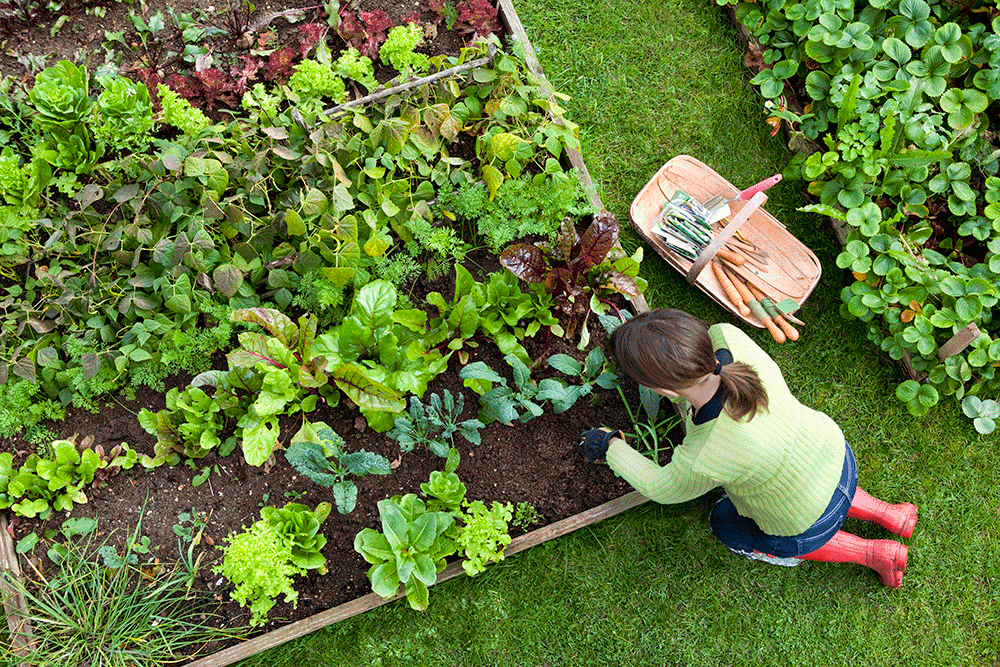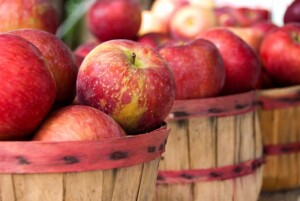
Store Hours
- Monday: 8 AM to 7 PM
- Tuesday: 8 AM to 7 PM
- Wednesday: 8 AM to 7 PM
- Thursday: 8 AM to 7 PM
- Friday: 8 AM to 7 PM
- Saturday: 8 AM to 7 PM
- Sunday: 9 AM to 6 PM
Directions
2051 Huguenot Road
Richmond, VA
23235
The Great Big Greenhouse & Nursery is a family owned retail garden center serving the greater Richmond, Virginia Metropolitan area, committed to providing a superior selection of quality plants, plant products, and plant services at value prices. We’ve been serving the Greater Richmond Metropolitan area since 1977.
The plants you expect. The prices you’ll love. The people you know. The experience you’ll remember. The Great Big Greenhouse – you’re gonna love it!



